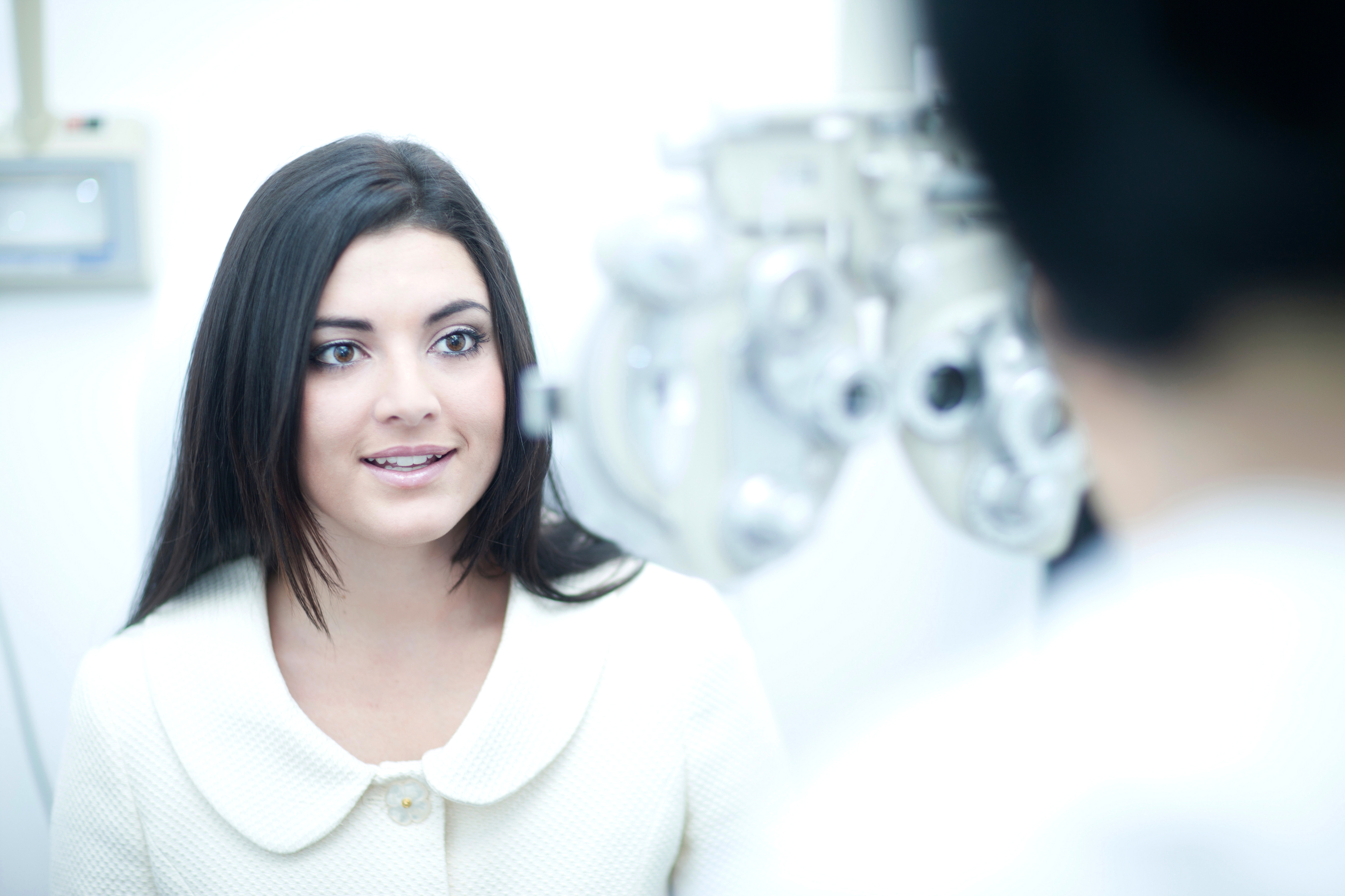TL;DR - How to get contact lenses
Getting contact lenses starts with an eye exam and a conversation with your eye care professional about your vision needs and lifestyle. They’ll check your eye health, determine your prescription, and help you explore which ACUVUE® lenses might suit you best. You’ll learn how to handle, wear, and care for your lenses comfortably and safely. With expert guidance, finding the right lenses for clear, comfortable vision becomes a simple and reassuring journey.
Note: This content is intended for users in the UAE, Saudi Arabia, Qatar, Kuwait, Oman and Bahrain.


